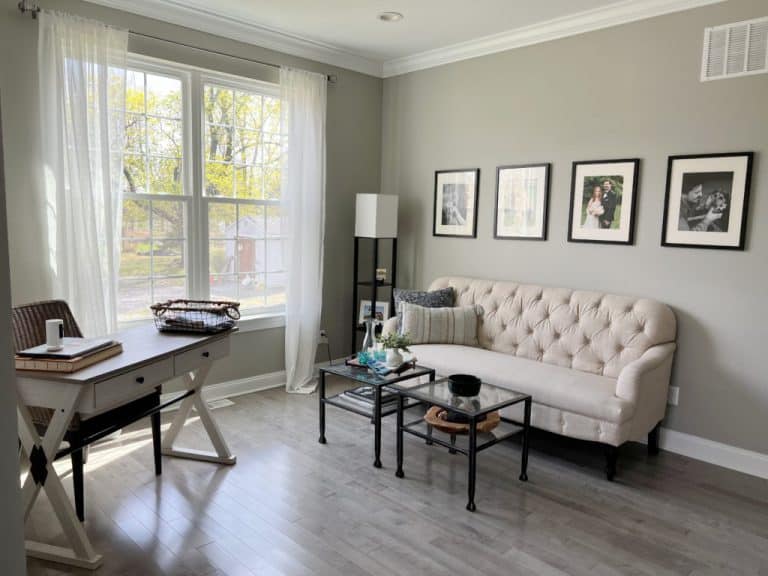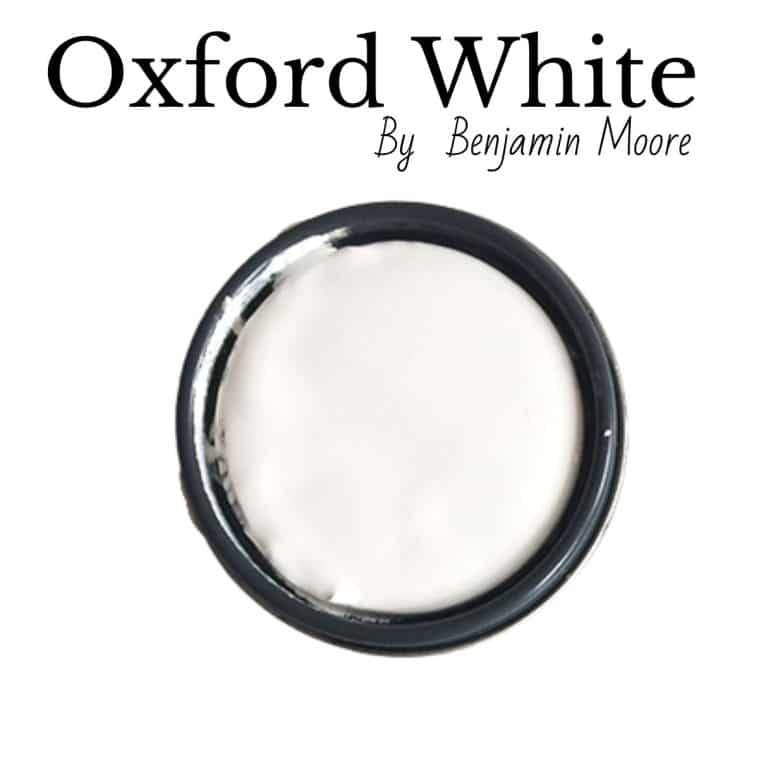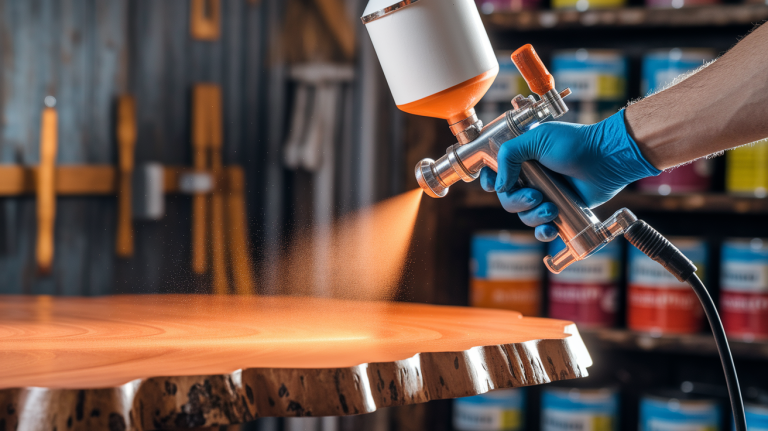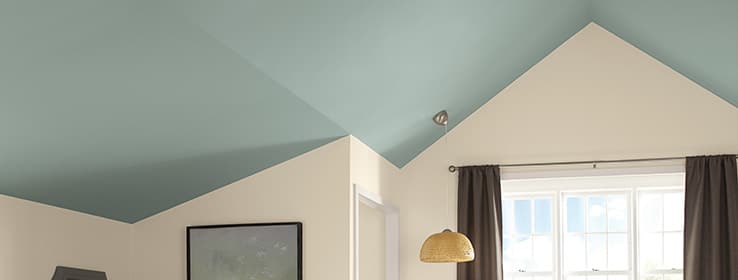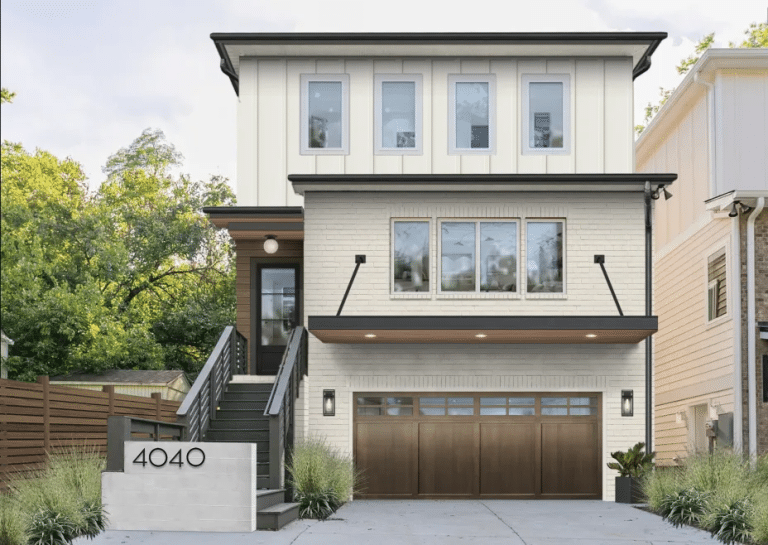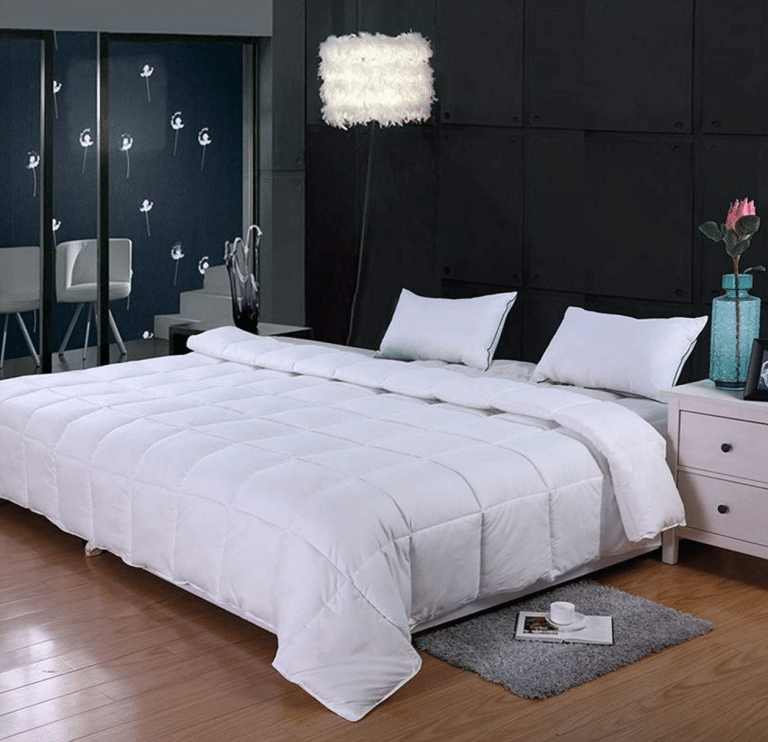21 Popular Dark Wood Types and Their Features
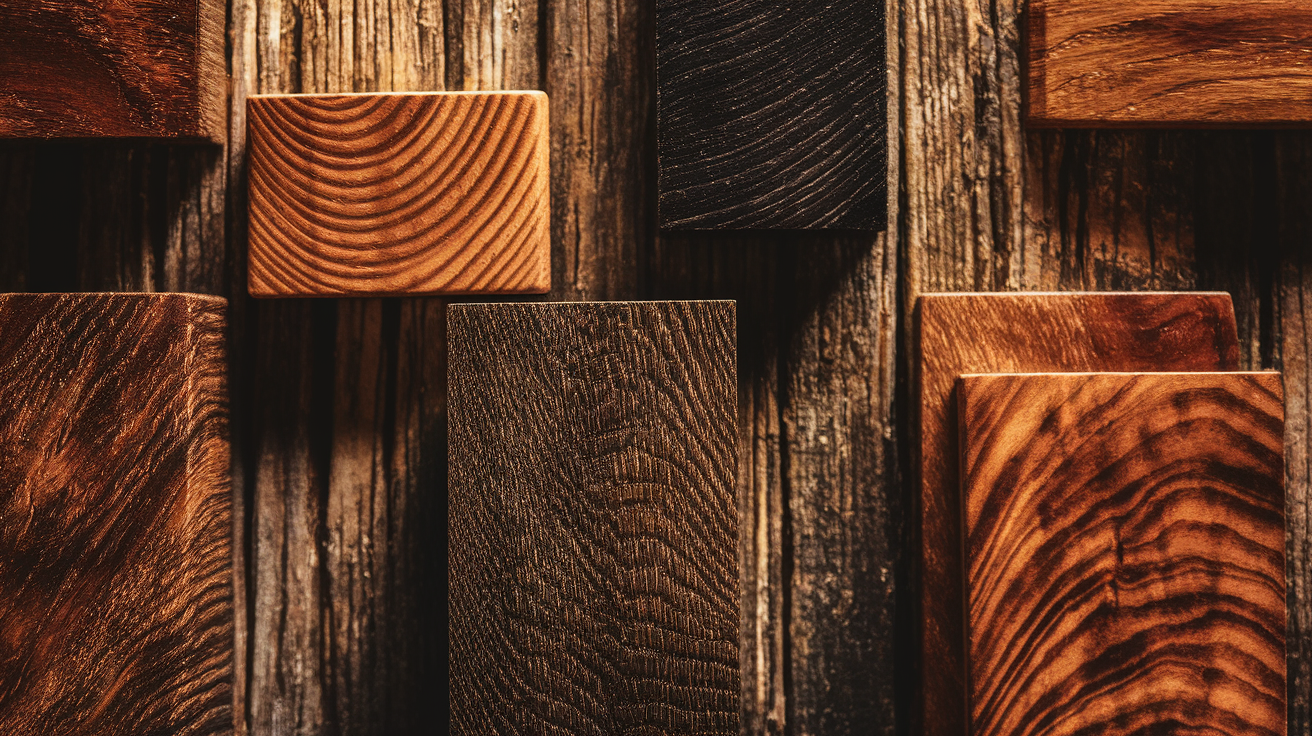
Wood with deep, rich tones brings warmth and character to homes. Many folks want these darker woods for floors, furniture, and accent pieces, but finding the right type can be tough.
Each dark wood has its own special traits. Some are harder, some softer. Their grain patterns differ, and so do their costs and where they come from.
In this post, you will find popular dark wood types and learn what makes each one stand out, how to spot it, and where it works best in your home.
By the end, you’ll know which dark wood fits your needs and budget. This guide will help you make smart choices for your next home project or furniture buy.
Overview of Dark Wood
Dark woods create a sense of luxury in any space. These woods get their rich color from natural oils and compounds in the tree. But what makes wood “dark” exactly?
Dark woods range in shades from deep brown to almost black. They often come from older trees that had time to develop these deep tones. Many dark woods grow in tropical areas, though some also come from cooled regions.
These woods last for years and resist damage well. That’s why you’ll find it in fancy furniture, floors, and musical instruments. They’re also popular for cabinets and decorative items.
Different Types of Dark Wood
Let’s look at some of the most sought-after dark woods. Each type has its own special features that make it useful for different projects.
1. Walnut Wood
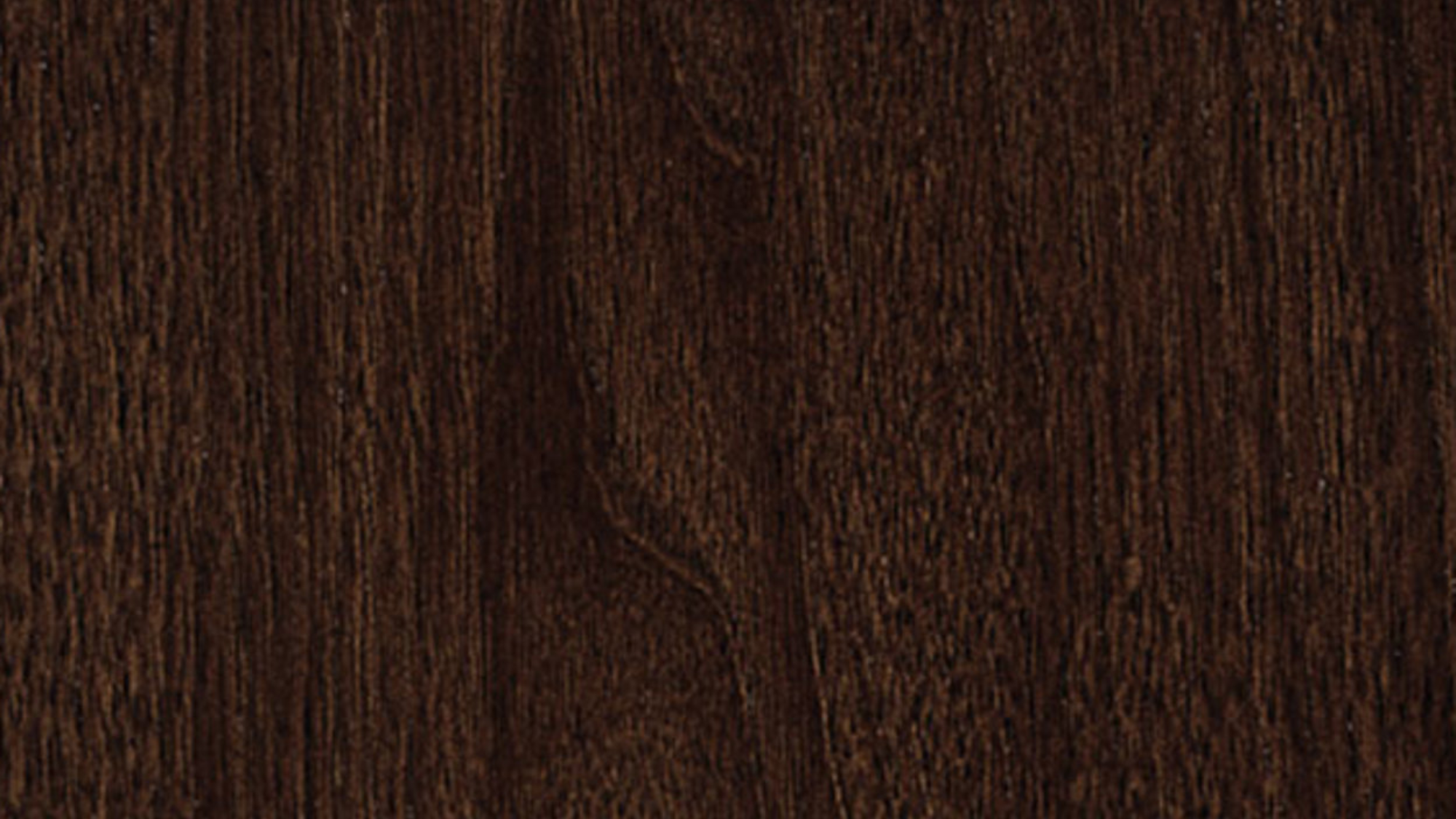
Walnut stands out as one of the most loved dark woods in homes today. This wood shows off a deep chocolate brown color that often has purple hints. As walnut ages, it tends to lighten a bit, gaining more character with time.
Approximate Cost: Mid to high-range pricing ($8-15 per board foot)
| Property | Details |
|---|---|
| Color | Deep chocolate brown with purple undertones |
| Grain & Texture | Straight to wavy grain with smooth texture |
| Density & Durability | Medium-hard wood, strong but not too heavy |
| Uses | Furniture, cabinets, flooring, gun stocks, musical instruments |
| Pros | Beautiful color, takes finish well, stable after drying |
| Cons | Can be costly, may fade in bright sunlight |
2. Mahogany Wood
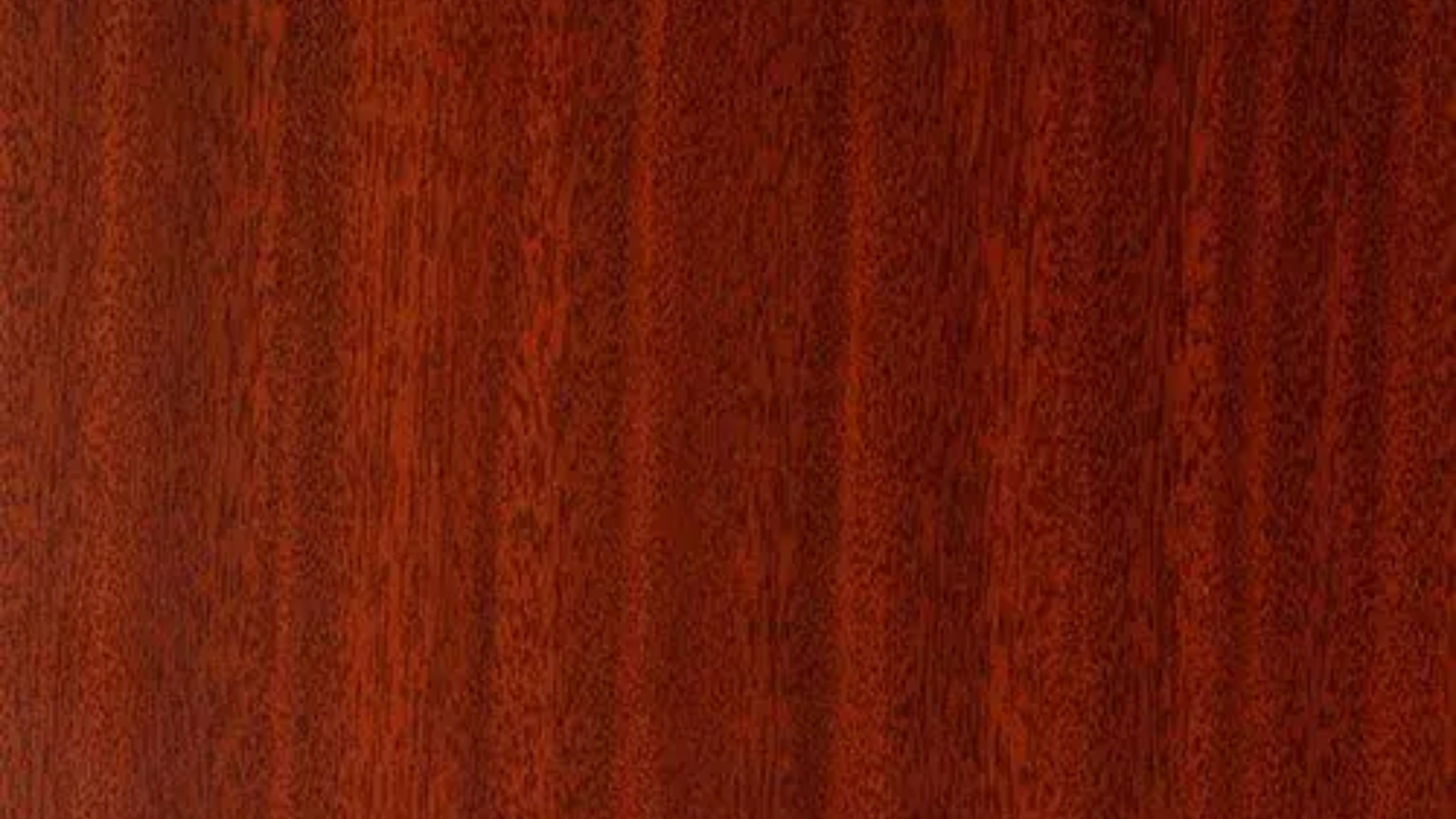
Mahogany brings a touch of class to any project. This wood has been used in fine furniture for hundreds of years. Its reddish-brown tones warm up any room with a sense of history and craft.
Approximate Cost: Moderate to expensive ($8-25 per board foot, depending on the type)
| Property | Details |
|---|---|
| Color | Reddish-brown that deepens with age |
| Grain & Texture | Straight grain with medium to coarse texture |
| Density & Durability | Medium density, very stable, and rot-resistant |
| Uses | High-end furniture, boat building, musical instruments, paneling |
| Pros | Resists warping, cuts, and sands easily, long-lasting |
| Cons | True mahogany is getting harder to find due to overharvesting |
3. Ebony Wood
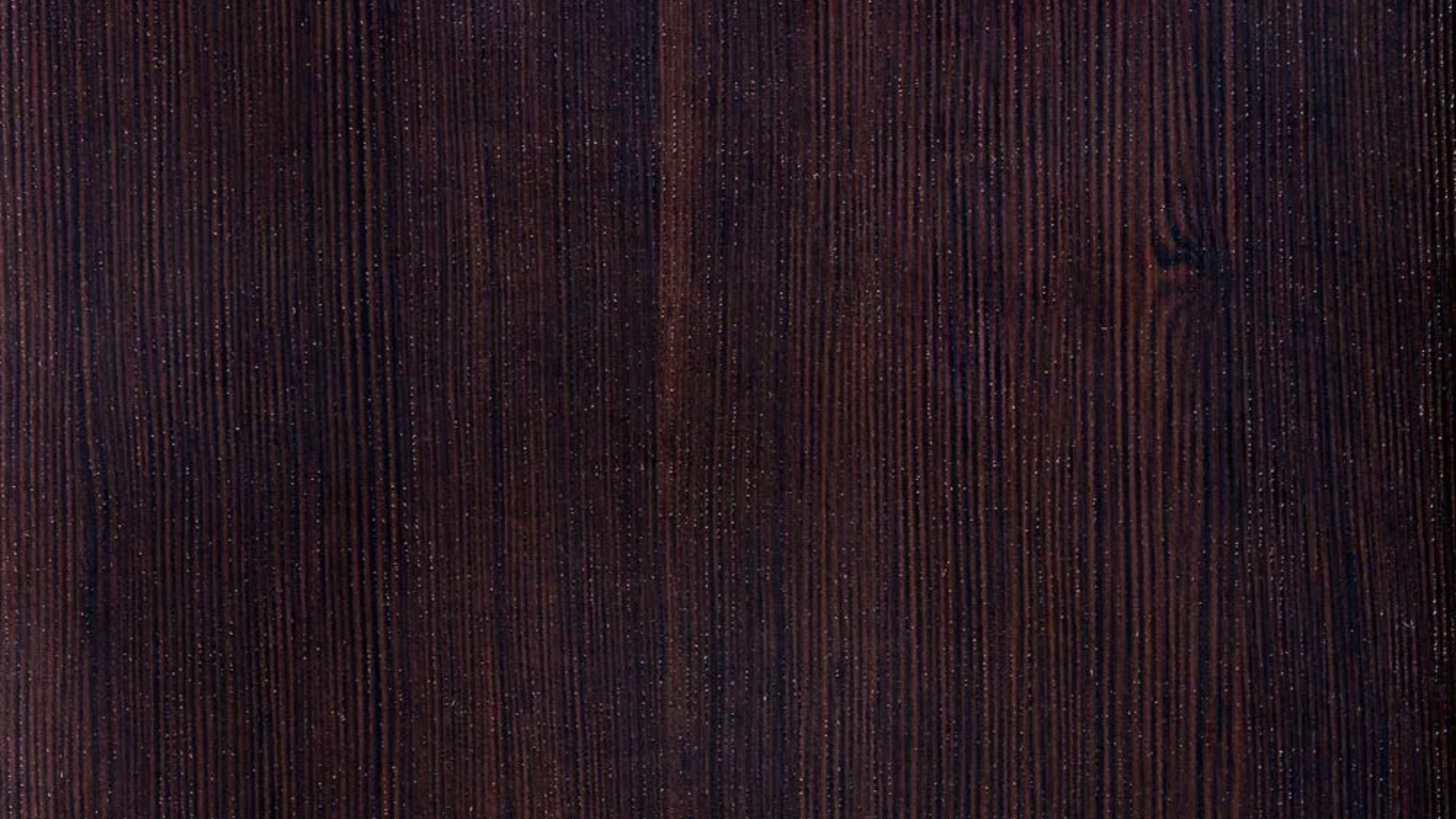
Ebony might be the darkest natural wood you can find. This rare wood comes from small, slow-growing trees. Its pure black color makes it stand out from all other woods.
Approximate Cost: Very expensive ($75-100+ per board foot)
| Property | Details |
|---|---|
| Color | Pure black to very dark brown |
| Grain & Texture | Fine, even grain with a smooth texture |
| Density & Durability | Very dense and heavy, extremely hard |
| Uses | Piano keys, small decorative items, inlays, and chess pieces |
| Pros | Unique dark color, takes a high polish, very dense |
| Cons | Very expensive, hard to work with, can crack if dried too fast |
4. Rosewood Wood
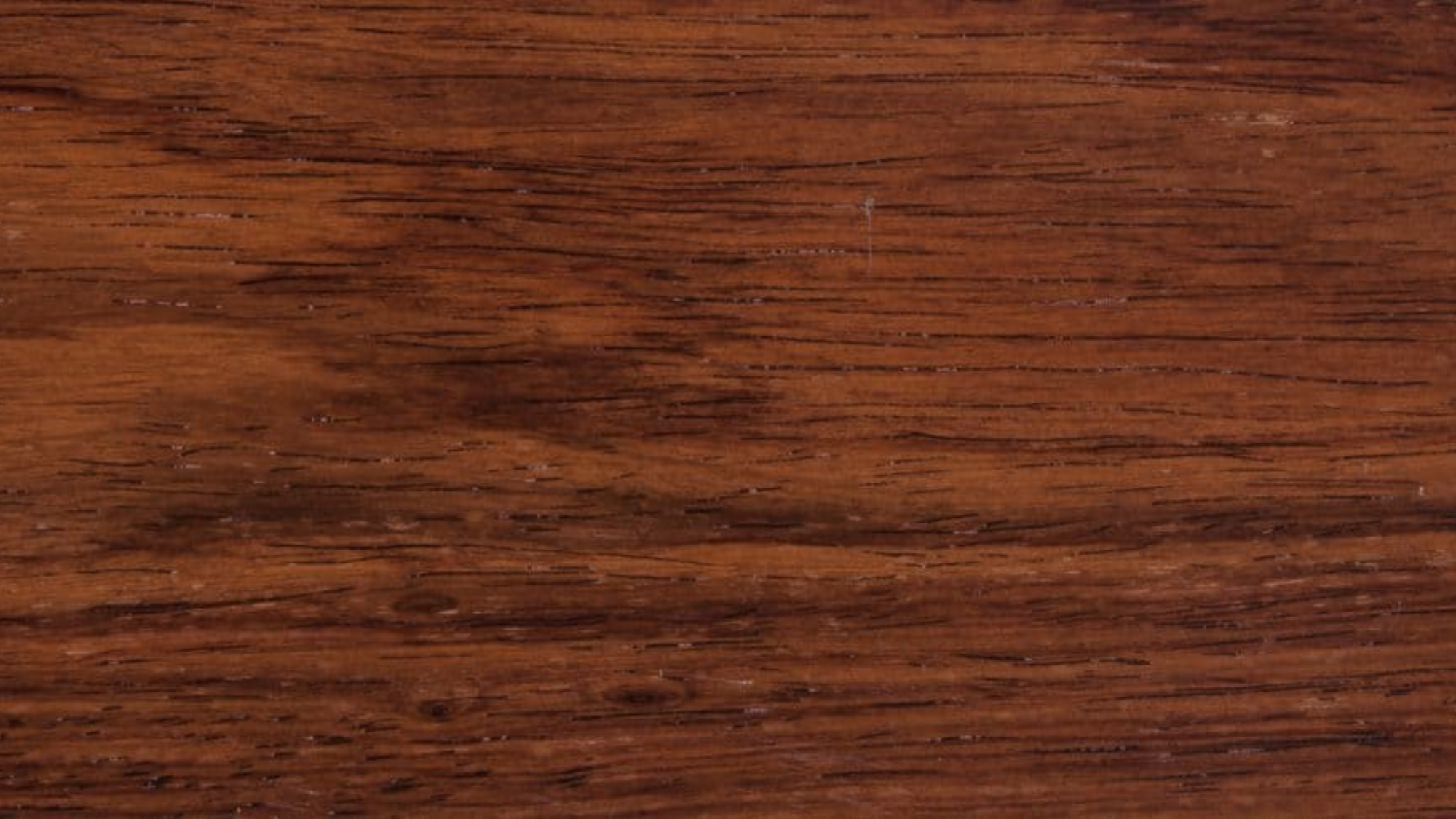
Rosewood gets its name from its sweet rose-like smell when cut. This wood shows a beautiful color range with deep browns and striking purple or red streaks.
Approximate Cost: Expensive to very expensive ($30-70 per board foot)
| Property | Details |
|---|---|
| Color | Dark brown with purple, red, or orange streaks |
| Grain & Texture | Varied grain with an oily feel |
| Density & Durability | Very dense, hard, and heavy |
| Uses | Fine furniture, musical instruments, knife handles, luxury items |
| Pros | Beautiful color variation and natural oils make it shine |
| Cons | Many types are now protected due to overharvesting |
5. Wenge Wood
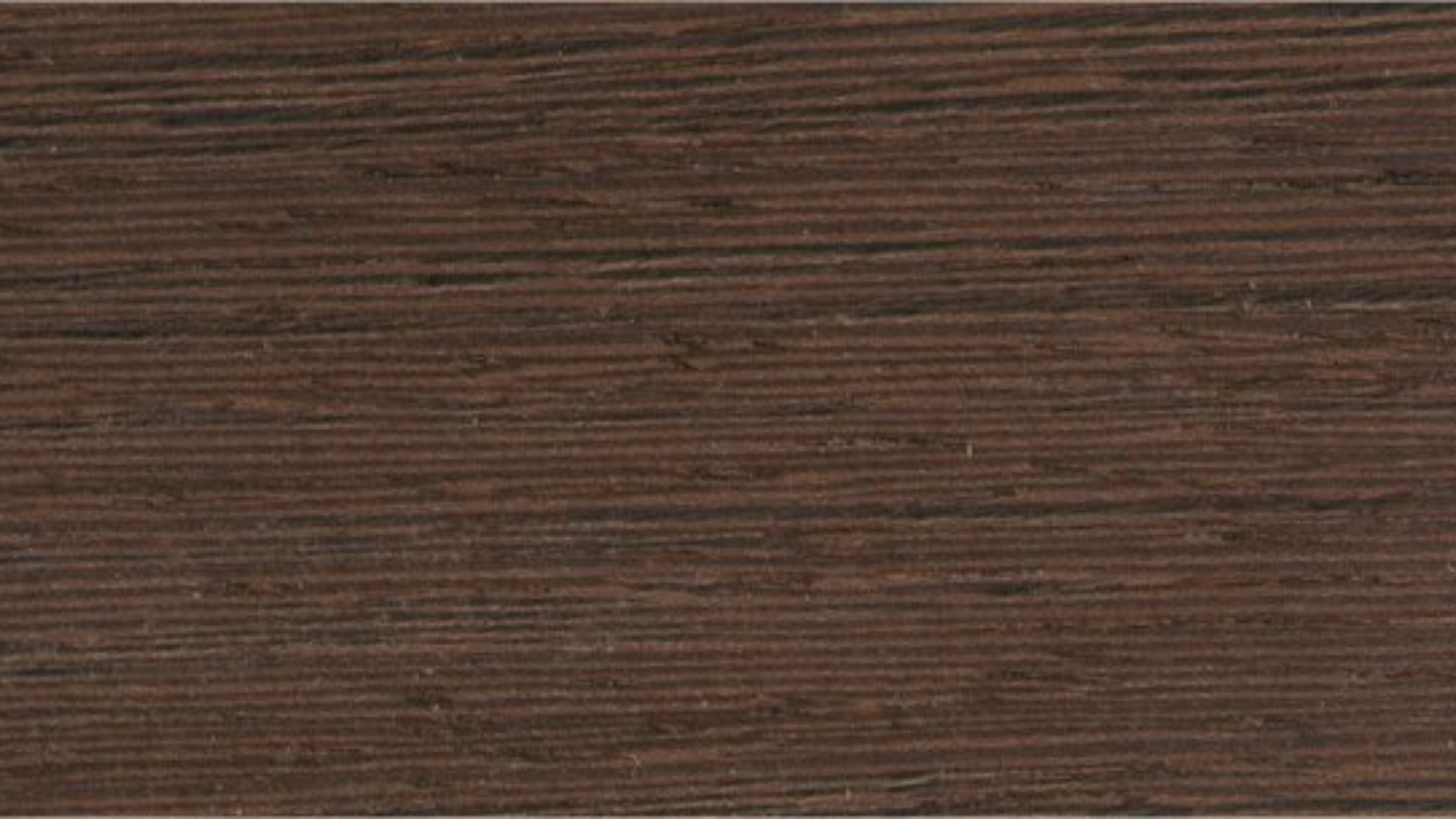
Wenge comes from Africa and has grown more popular in modern design. This very dark wood has a unique look with its almost black color and tight grain pattern.
Approximate Cost: Moderate to expensive ($12-20 per board foot)
| Property | Details |
|---|---|
| Color | Very dark brown to black with close, fine veining |
| Grain & Texture | Straight grain with coarse texture |
| Density & Durability | Very dense and hard |
| Uses | Flooring, furniture, countertops, veneers |
| Pros | Distinctive look, very hard-wearing |
| Cons | Can cause splinters, hard to work with, contains irritants |
6. African Blackwood
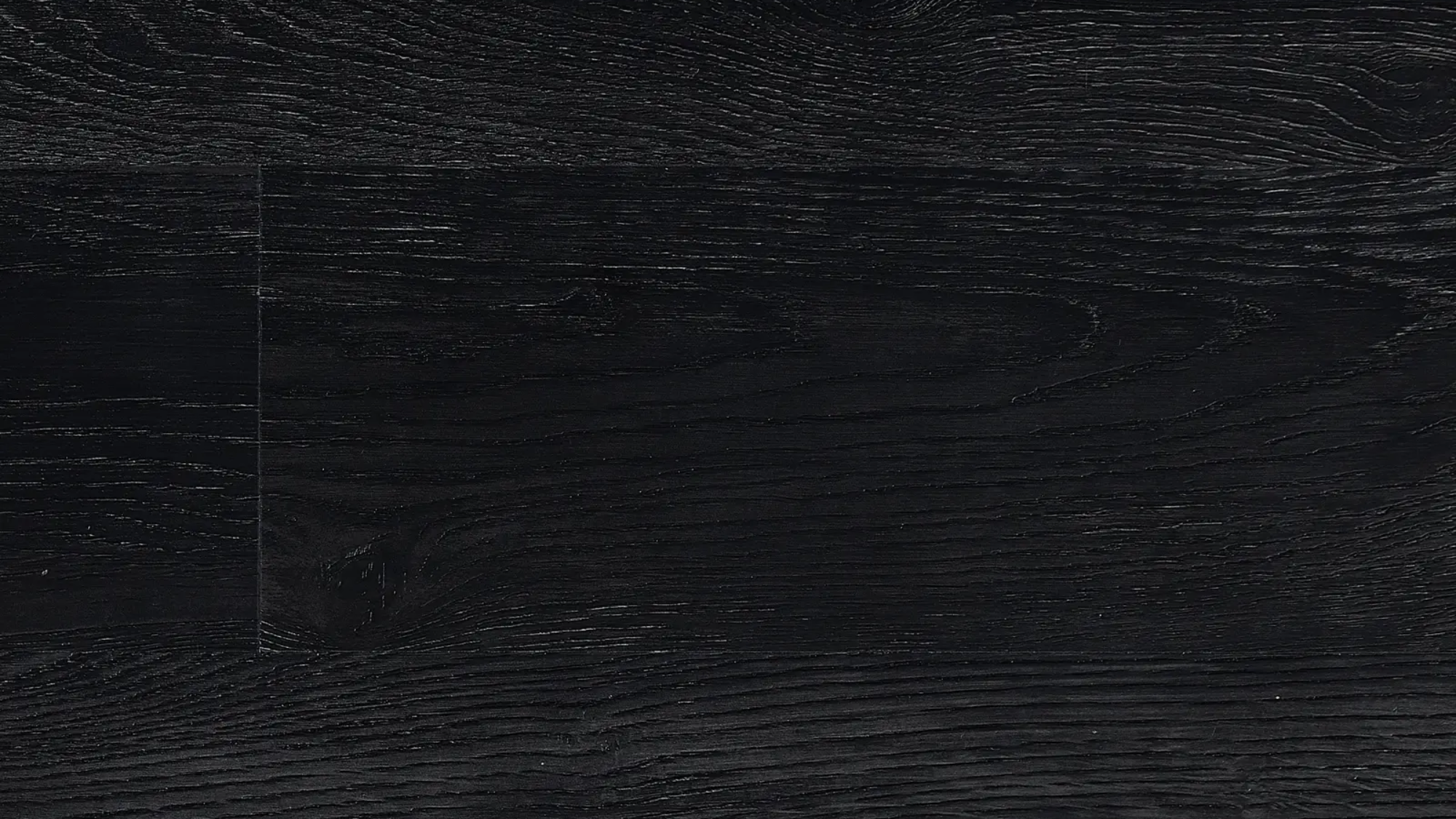
African Blackwood is one of the hardest woods in the world. It feels heavy in your hand and is nearly black in color. Woodworkers prize it for its fine finish and stability.
Approximate Cost: Very expensive ($80-100+ per board foot)
| Property | Details |
|---|---|
| Color | Very dark purple-black to pure black |
| Grain & Texture | Straight, fine grain with smooth texture |
| Density & Durability | Extremely dense and hard, very heavy |
| Uses | Musical instruments (especially woodwinds), fine carvings, knife handles |
| Pros | Holds fine details, is very stable once dried, and is water-resistant |
| Cons | Extremely difficult to work with, dust can be harmful |
7. Zebrawood
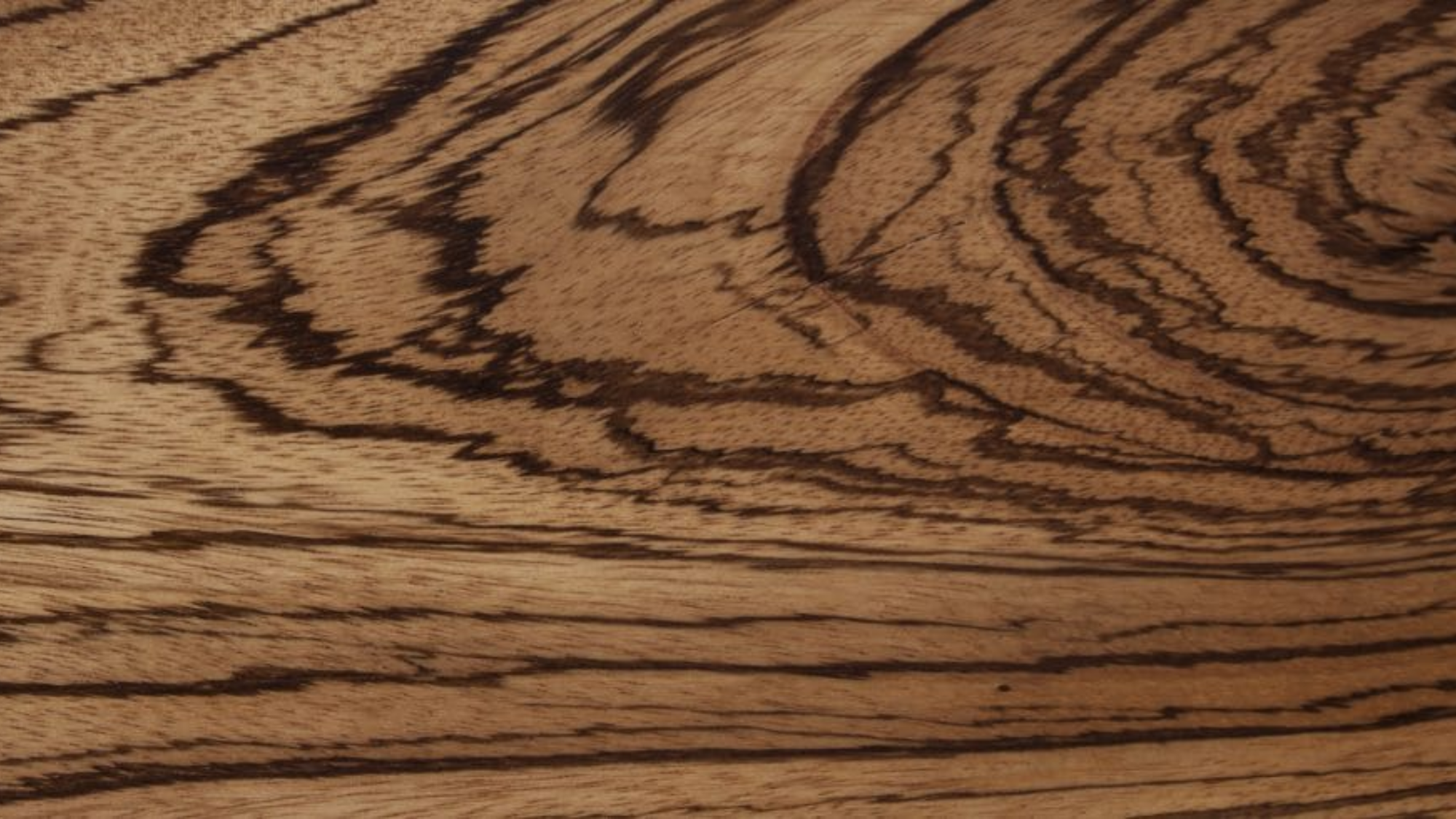
Zebrawood gets its name from its striking pattern that looks like zebra stripes. The golden yellow background with dark brown streaks makes this wood stand out in any setting.
Approximate Cost: Moderately expensive ($14-35 per board foot)
| Property | Details |
|---|---|
| Color | Light golden yellow with dark brown to black stripes |
| Grain & Texture | Coarse, uneven texture with bold stripe pattern |
| Density & Durability | Medium-hard, moderately durable |
| Uses | Decorative veneers, furniture accents, cabinets, luxury car interiors |
| Pros | Unique appearance, good shock resistance |
| Cons | Difficult to finish due to uneven grain, can be hard to find |
8. Panga Panga Wood
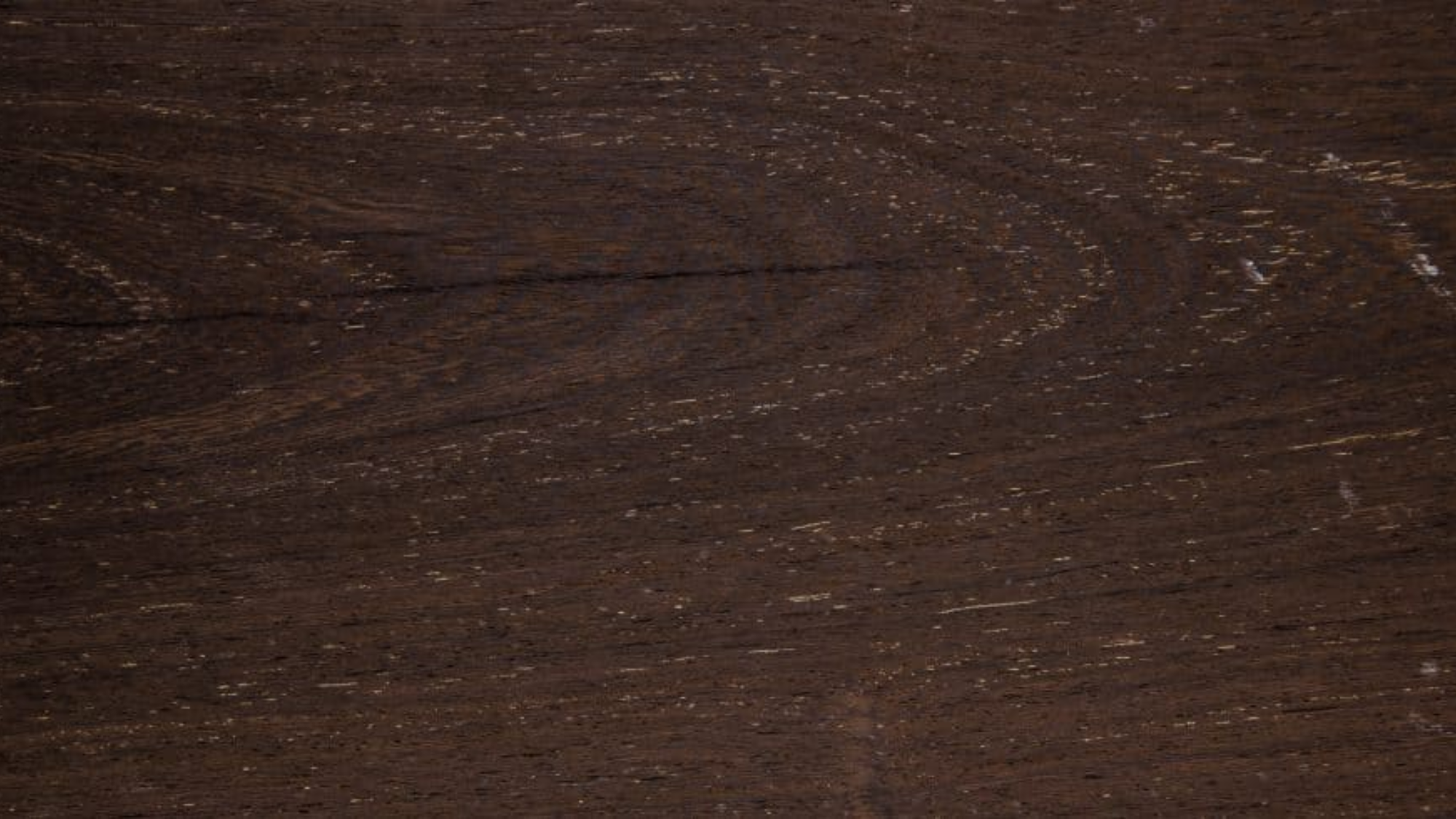
Panga Panga comes from Africa and looks similar to Wenge. This lesser-known wood offers a beautiful dark brown color with black veining that adds depth to projects.
Approximate Cost: Moderate to expensive ($12-30 per board foot)
| Property | Details |
|---|---|
| Color | Dark chocolate brown with black streaks |
| Grain & Texture | Straight grain with coarse texture |
| Density & Durability | Very dense and hard |
| Uses | Flooring, furniture, decorative veneers |
| Pros | Attractive grain pattern, hard-wearing |
| Cons | Contains irritants, can cause splinters, and is challenging to work |
9. Teak Wood
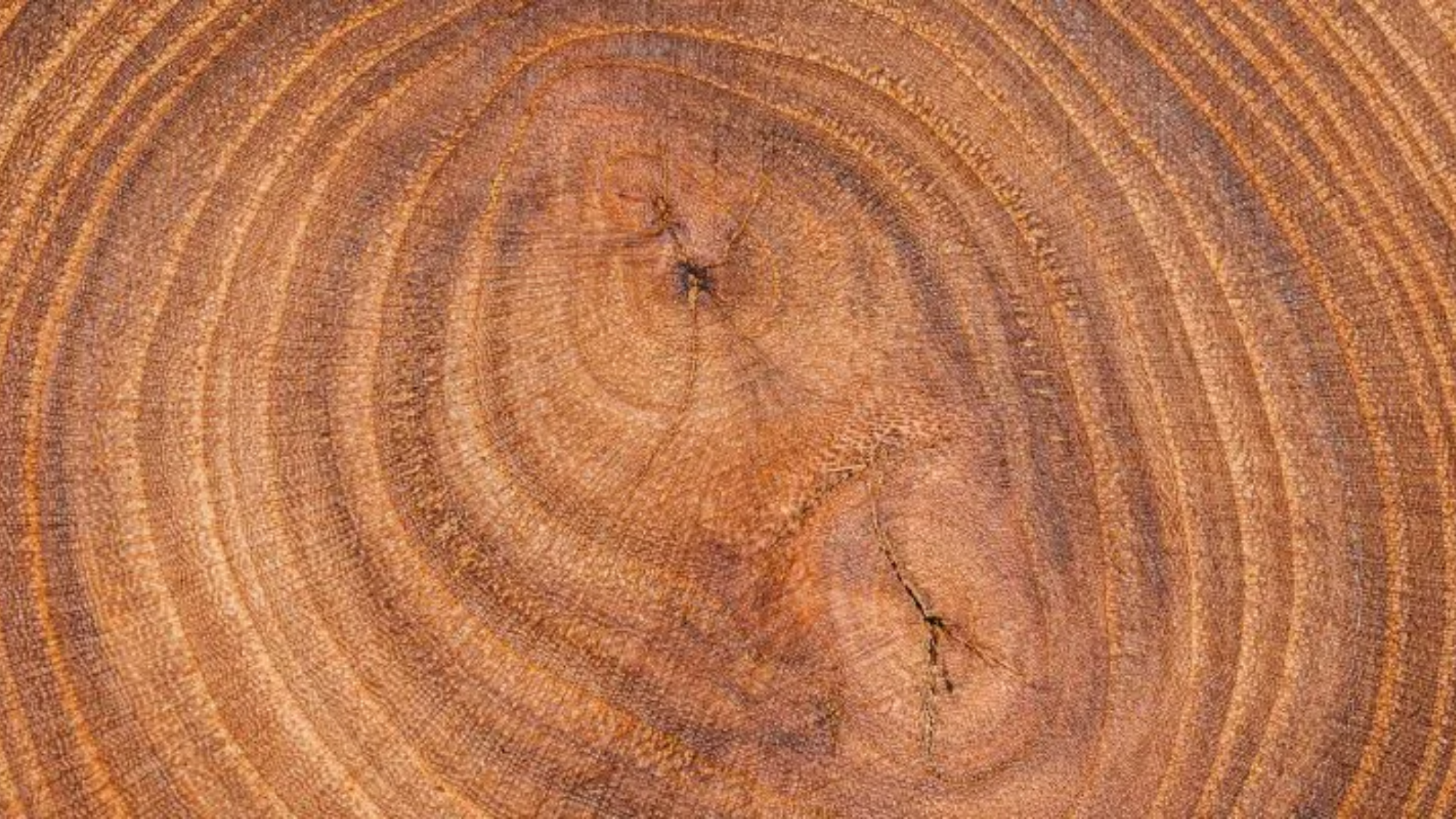
Teak has been valued for centuries due to its natural oils and water resistance. This golden-brown to dark-brown wood feels oily to the touch and smells a bit like leather.
Approximate Cost: Expensive ($20-40 per board foot for genuine teak)
| Property | Details |
|---|---|
| Color | Golden brown darkening to medium-dark brown with age |
| Grain & Texture | Straight grain with oily, uneven texture |
| Density & Durability | Medium-hard, extremely weather-resistant |
| Uses | Outdoor furniture, boat building, flooring, shower benches |
| Pros | Resists rot and insects, needs no finish, lasts for decades |
| Cons | High cost, can dull tools quickly due to silica content |
10. Cherry Wood
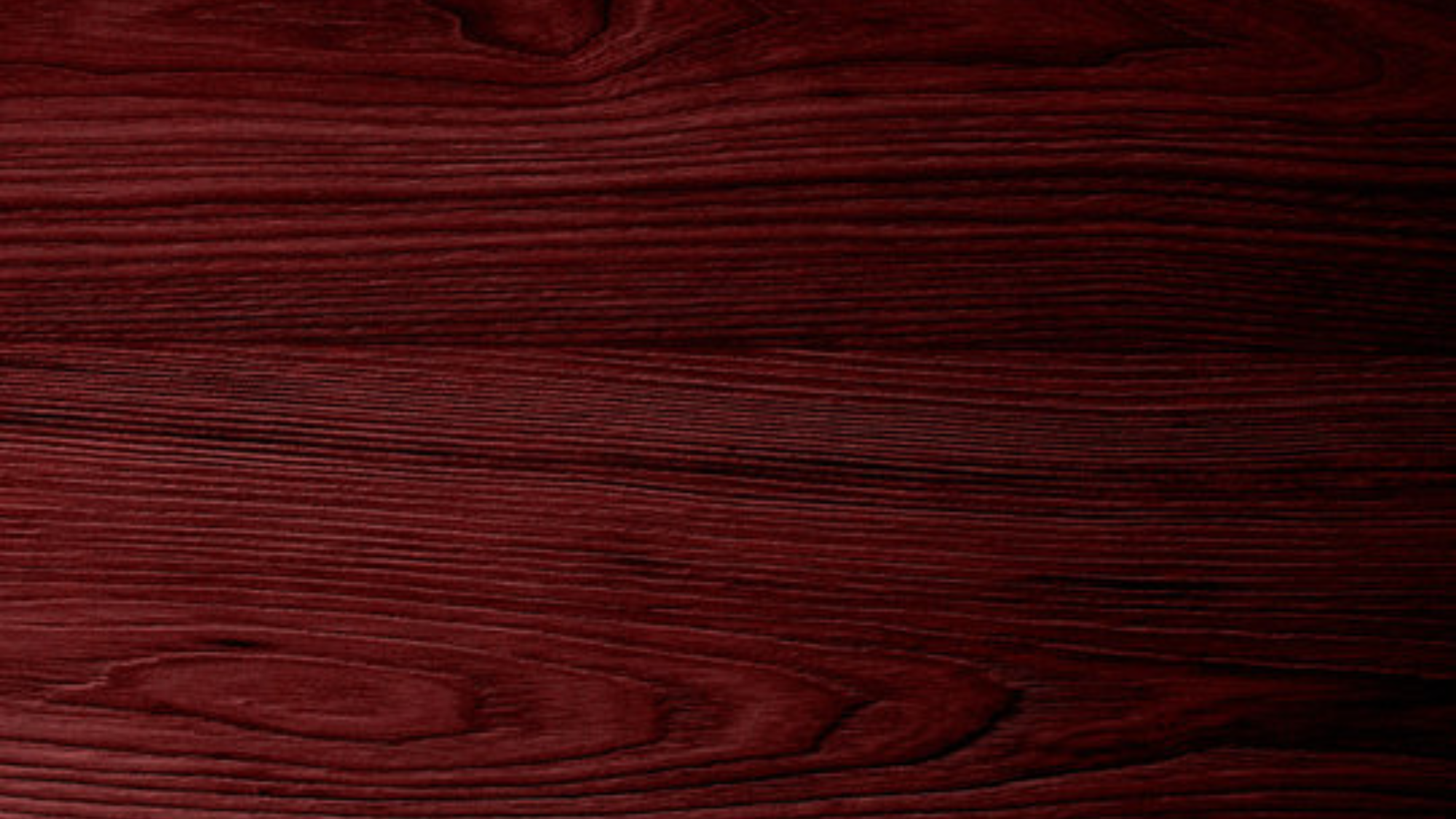
Cherry wood starts with a lighter pinkish tone but darkens to a rich reddish-brown over time. This classic American hardwood has a subtle glow that many woodworkers love.
Approximate Cost: Moderate ($6-10 per board foot)
| Property | Details |
|---|---|
| Color | Light reddish-brown darkening to medium-dark reddish-brown |
| Grain & Texture | Straight, fine grain with smooth texture |
| Density & Durability | Medium-hard, moderately durable |
| Uses | Fine furniture, cabinets, flooring, interior trim |
| Pros | Ages beautifully, works easily, takes finish well |
| Cons | Darkens with exposure to light, can blotch when stained |
11. Oak Wood (Red Oak)
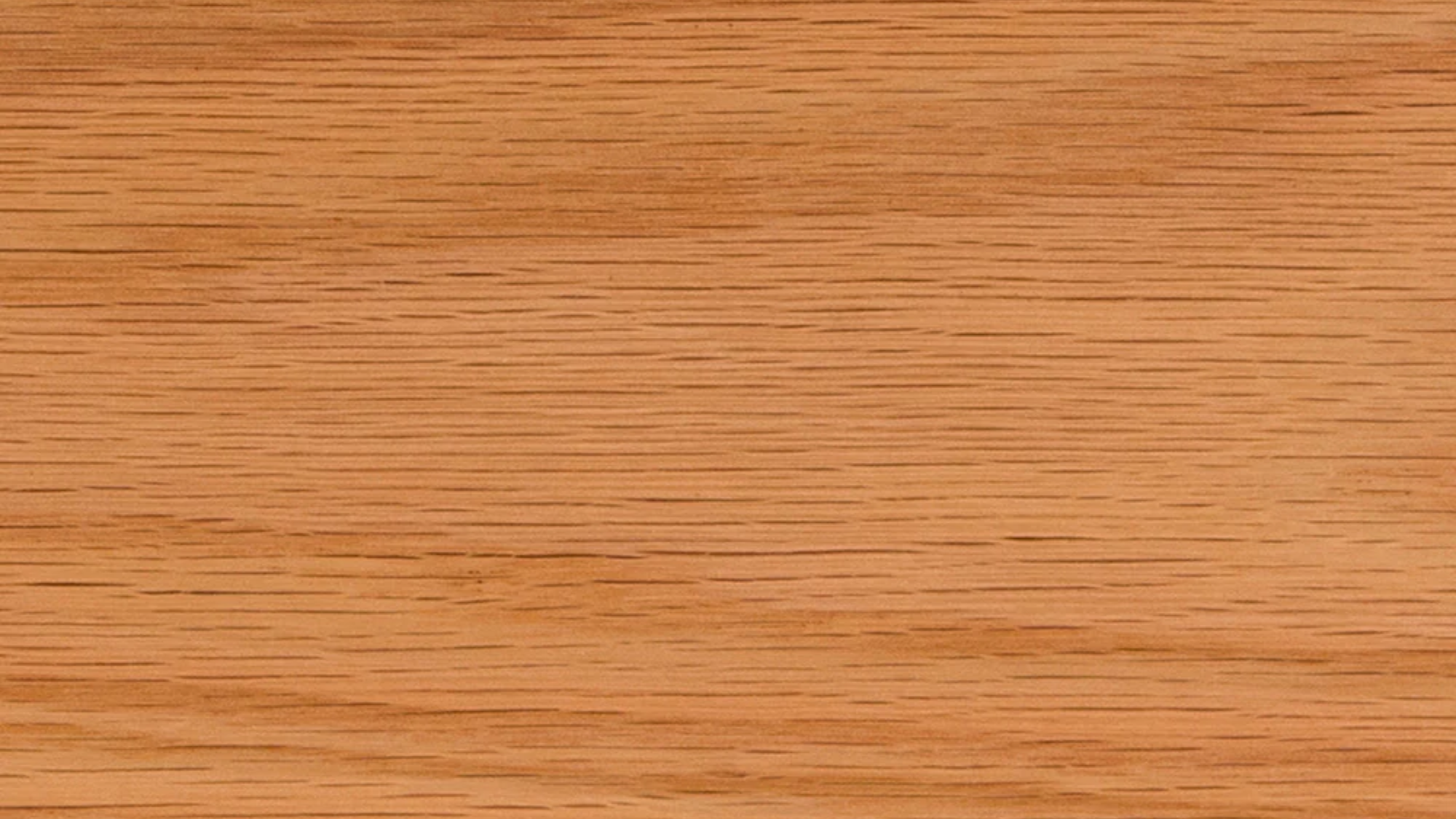
Red Oak serves as a staple in American furniture making. This wood shows a warm reddish-brown tone with open pores and strong grain patterns. Red Oak stays popular due to its mix of beauty, strength, and fair price.
Approximate Cost: Affordable to moderate ($4-8 per board foot)
| Property | Details |
|---|---|
| Color | Light to medium reddish-brown |
| Grain & Texture | Open, coarse grain with visible pores and a strong pattern |
| Density & Durability | Dense, hard, and strong |
| Uses | Furniture, flooring, cabinets, doors, trim work |
| Pros | Good strength, readily available, takes stain well |
| Cons | Can look too “busy” in large areas not very water-resistant |
12. Maple Wood (Black Maple)
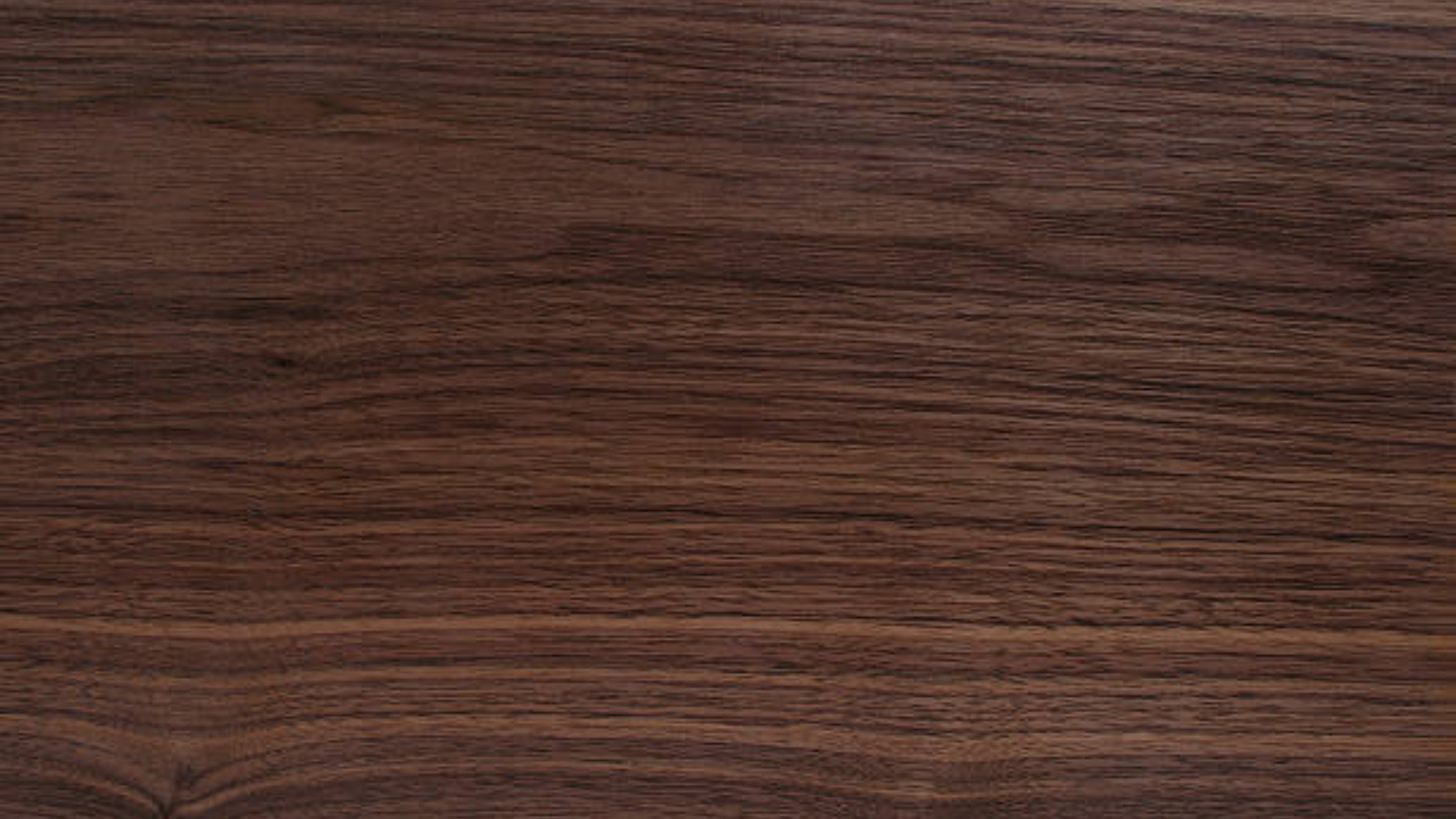
Black Maple gives a darker option than its more common cousin, Sugar Maple. This wood has a soft, brown tone that can look similar to cherry over time. Many people like its mild grain and smooth finish.
Approximate Cost: Moderate ($5-9 per board foot)
| Property | Details |
|---|---|
| Color | Light brown to medium brown with golden hints |
| Grain & Texture | Fine, even grain with smooth texture |
| Density & Durability | Very hard and durable |
| Uses | Furniture, flooring, kitchen tools, butcher blocks |
| Pros | Wears well, takes a smooth finish, resists shock |
| Cons | Can be tricky to stain evenly, may darken with age |
13. Ash Wood (Black Ash)
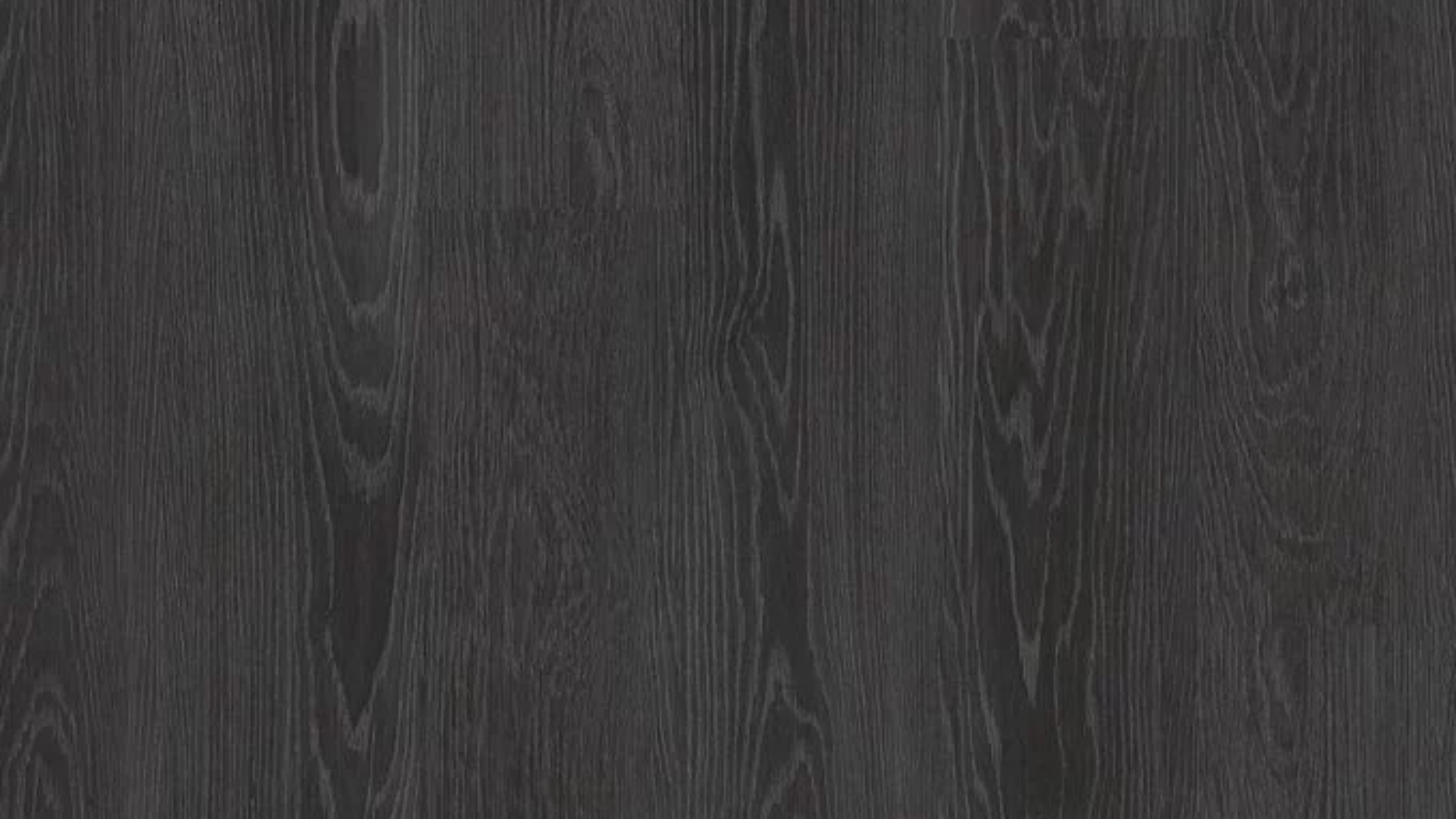
Black Ash grows in wet areas across North America. This wood shows darker tones than White Ash, with rich brown colors. The grain looks similar to oak but feels smoother to the touch.
Approximate Cost: Moderate ($5-8 per board foot)
| Property | Details |
|---|---|
| Color | Medium to dark grayish-brown |
| Grain & Texture | Straight grain with medium coarse texture |
| Density & Durability | Medium density, good strength |
| Uses | Furniture, flooring, cabinets, tool handles, baseball bats |
| Pros | Bends well with steam, good shock resistance |
| Cons | Less commonly available, not very rot-resistant |
14. Hickory Wood
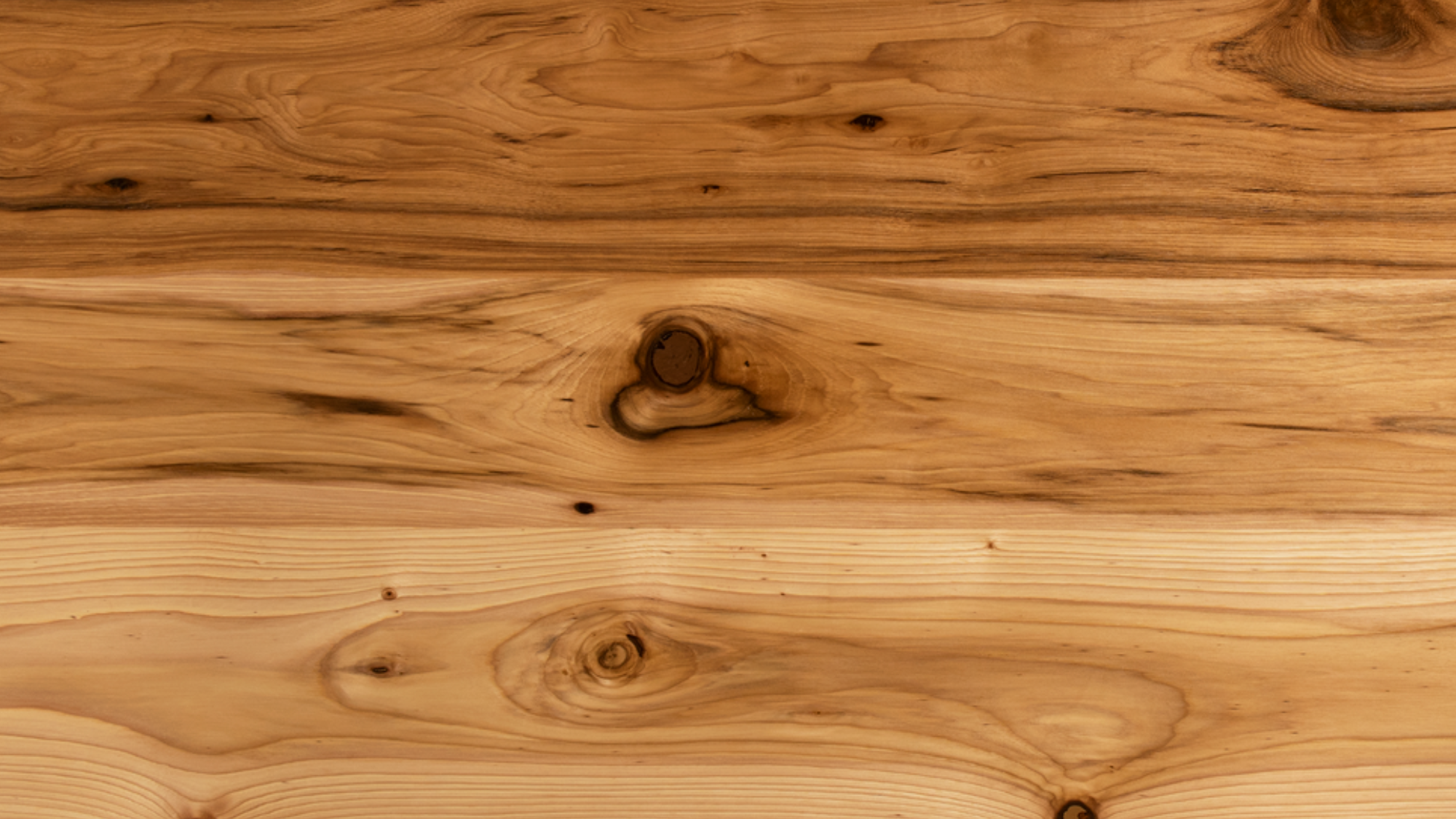
Hickory ranks among the toughest American hardwoods. This wood shows a mix of cream-colored sapwood and reddish-brown heartwood. People choose hickory when they need something that can take hard use.
Approximate Cost: Moderate ($5-9 per board foot)
| Property | Details |
|---|---|
| Color | Light to medium reddish-brown with lighter streaks |
| Grain & Texture | Straight grain with some waves, coarse texture |
| Density & Durability | Very dense, extremely hard, and strong |
| Uses | Tool handles, flooring, furniture, cabinets, smoking wood |
| Pros | Extremely tough, good shock resistance, makes durable floors |
| Cons | Difficult to work with, can warp during drying |
15. Birch Wood (Black Birch)
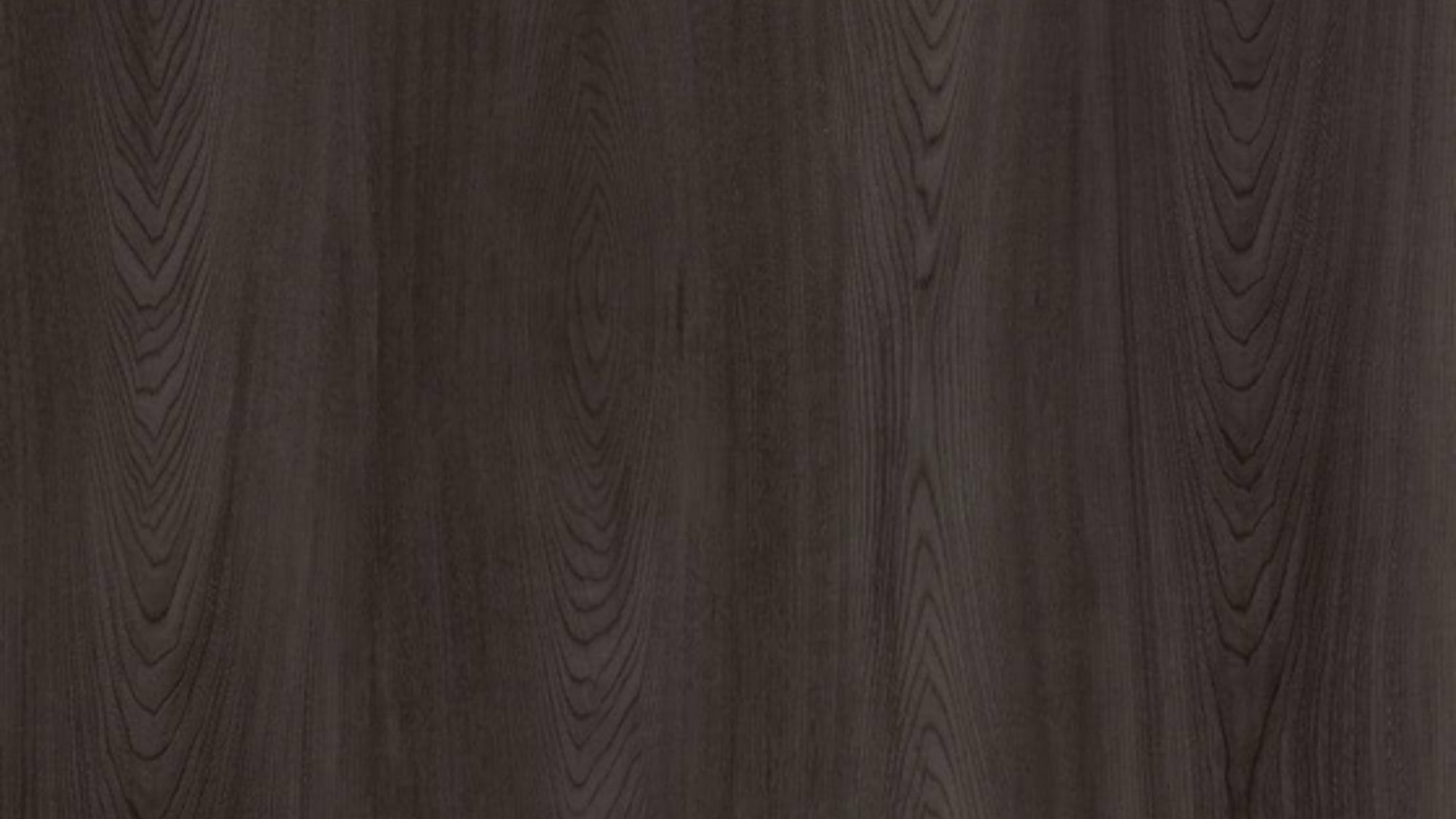
Black Birch (also called Sweet Birch) offers darker tones than other birch types. This wood has a warm reddish-brown color similar to cherry. Many people enjoy its fine texture and sweet smell when cut.
Approximate Cost: Affordable to moderate ($4-7 per board foot)
| Property | Details |
|---|---|
| Color | Medium reddish-brown to dark brown |
| Grain & Texture | Close, fine grain with a smooth texture |
| Density & Durability | Hard and strong |
| Uses | Furniture, cabinets, flooring, veneer, turned items |
| Pros | Takes finishes well, uniform texture, less expensive than cherry |
| Cons | Can warp with humidity changes, not very rot-resistant |
16. Alder Wood (Black Alder)
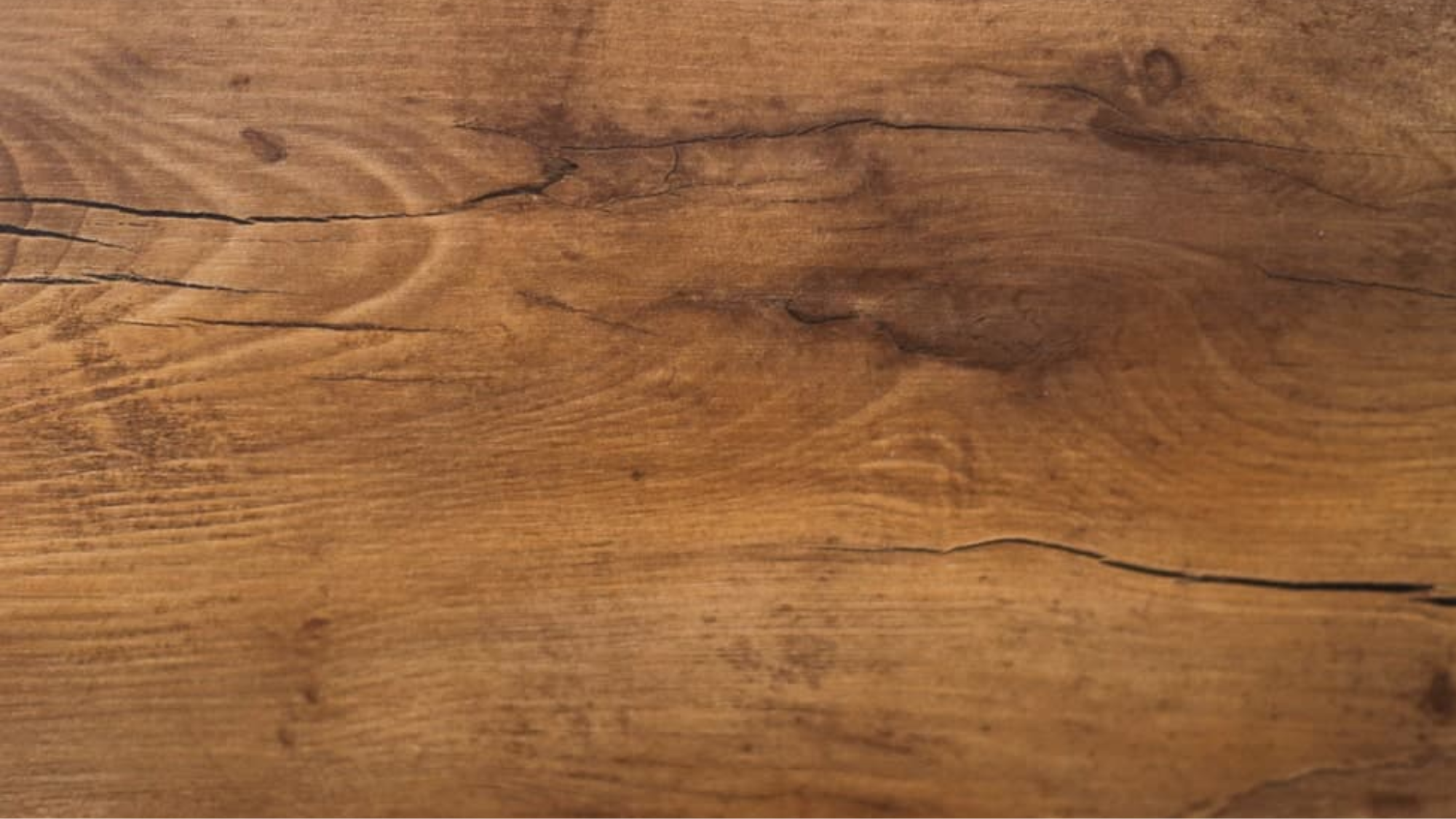
Black Alder grows mostly in Europe and shows darker tones than red alder. This wood starts pale but turns a warm reddish-brown when exposed to air. Many folks like its soft feel and how easy it is to work with.
Approximate Cost: Affordable ($3-6 per board foot)
| Property | Details |
|---|---|
| Color | Light tan to medium reddish-brown after exposure |
| Grain & Texture | Straight grain with fine, even texture |
| Density & Durability | Soft to medium hardness, moderate durability |
| Uses | Cabinets, furniture, doors, carving, turning |
| Pros | Easy to work with, takes finish well, good price |
| Cons | Scratches easily, not suitable for high-wear surfaces |
17. Beech Wood (Black Beech)
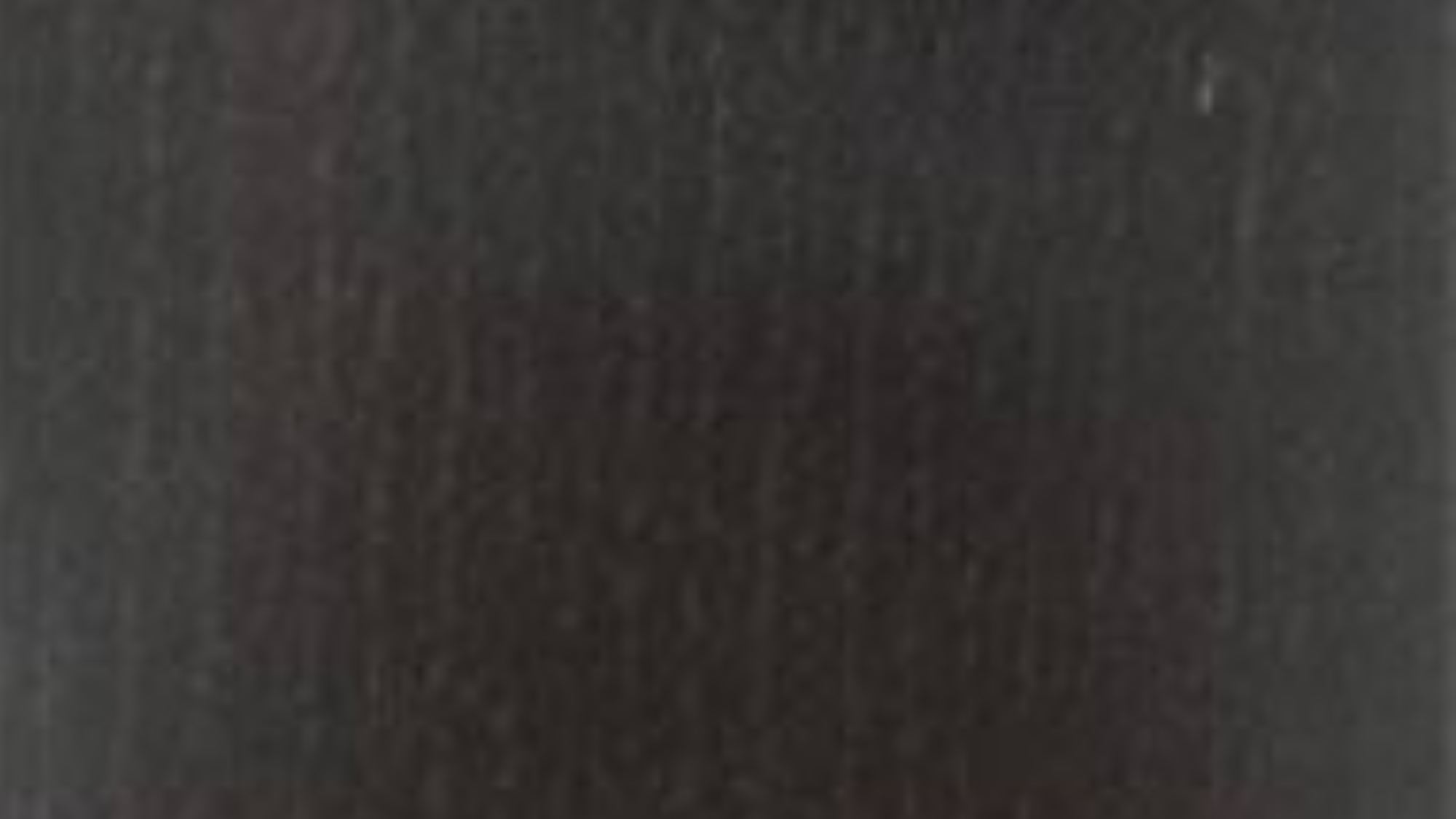
Black Beech comes from New Zealand and offers darker colors than European beech. This wood shows a rich brown tone that many woodworkers value. It cuts cleanly and takes polish well.
Approximate Cost: Moderate ($5-9 per board foot)
| Property | Details |
|---|---|
| Color | Medium to dark brown with reddish hints |
| Grain & Texture | Straight grain with fine, even texture |
| Density & Durability | Hard and strong, good wear resistance |
| Uses | Furniture, flooring, tool handles, food utensils |
| Pros | Machines well takes a high polish, strong for its weight |
| Cons | Tends to move with humidity changes, not very rot-resistant |
18. Chestnut Wood (Black Chestnut)
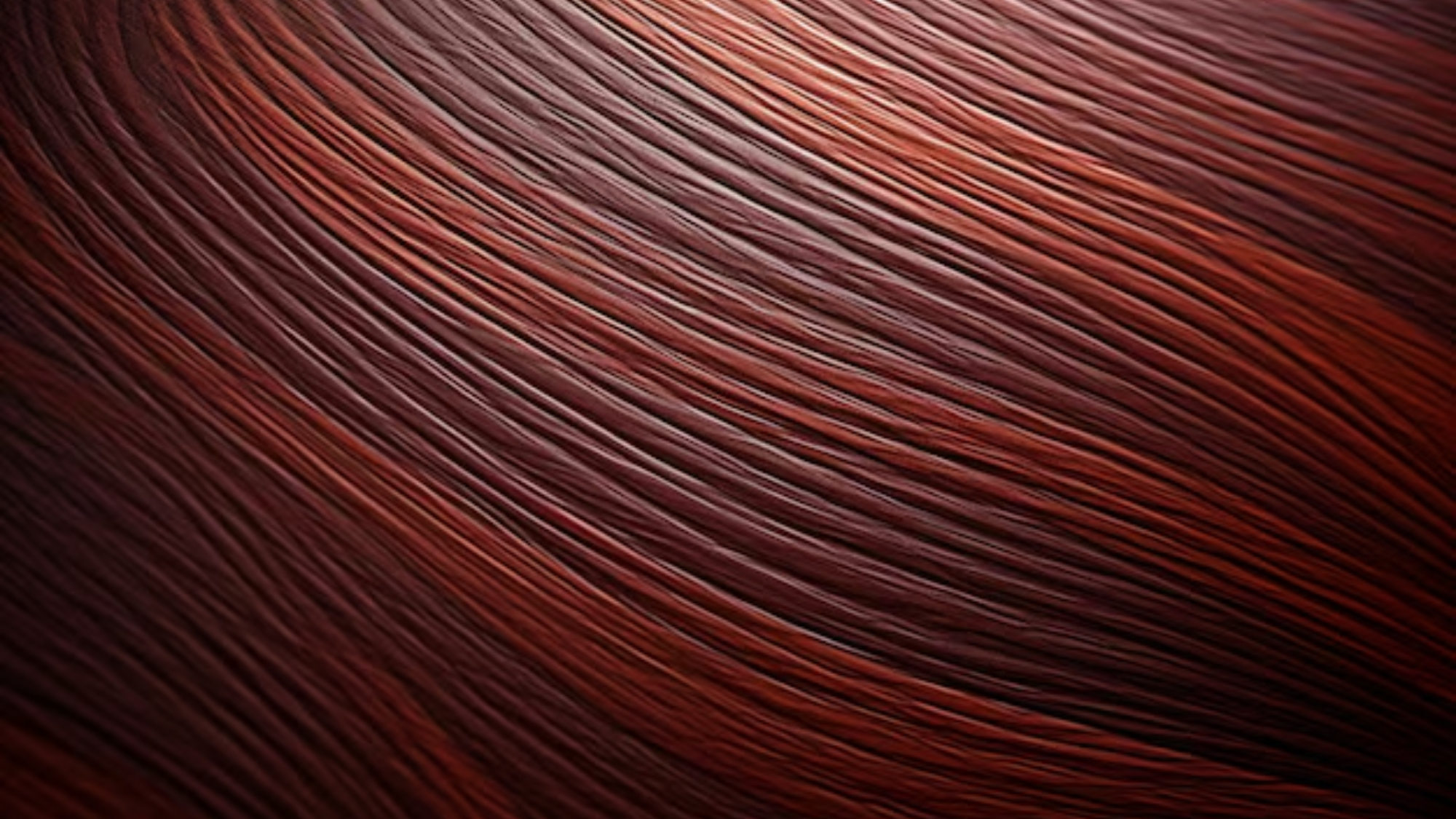
This darker version of chestnut has become rare since the chestnut blight. The wood shows off a warm brown color with hints of red. Reclaimed chestnut from old barns and buildings now makes up most of what’s available.
Approximate Cost: Expensive for reclaimed ($10-20+ per board foot)
| Property | Details |
|---|---|
| Color | Medium to dark brown with reddish tones |
| Grain & Texture | Straight grain with a coarse texture similar to oak |
| Density & Durability | Medium hardness, naturally rot-resistant |
| Uses | Rustic furniture, flooring, beams, paneling |
| Pros | Stable, resistant to decay, rich color |
| Cons | Very limited supply, mostly available as reclaimed wood |
19. Poplar Wood (Black Poplar)
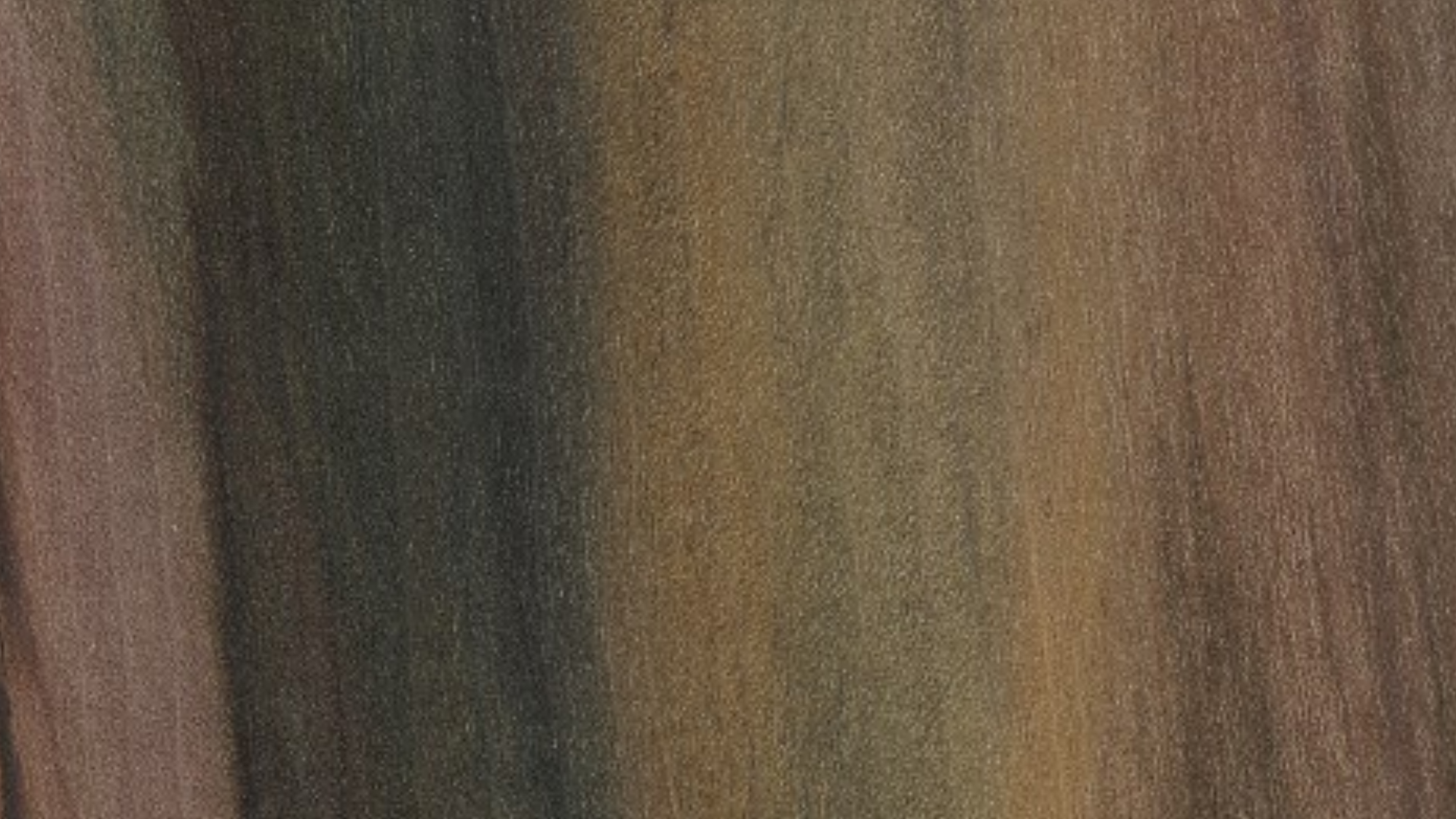
Black Poplar isn’t truly black but shows darker green-brown tones. This fast-growing tree gives wood that many people use for painting projects. The darker heartwood sections offer a nice contrast.
Approximate Cost: Very affordable ($2-5 per board foot)
| Property | Details |
|---|---|
| Color | Light brown to greenish-brown with dark streaks |
| Grain & Texture | Straight grain with uniform, medium texture |
| Density & Durability | Soft to medium hardness, moderate durability |
| Uses | Painted furniture, interior trim, plywood cores, crates |
| Pros | Low cost, easy to work with, takes paint well |
| Cons | Not very attractive when clear-finished; dents easily |
20. Pine Wood (Black Pine)
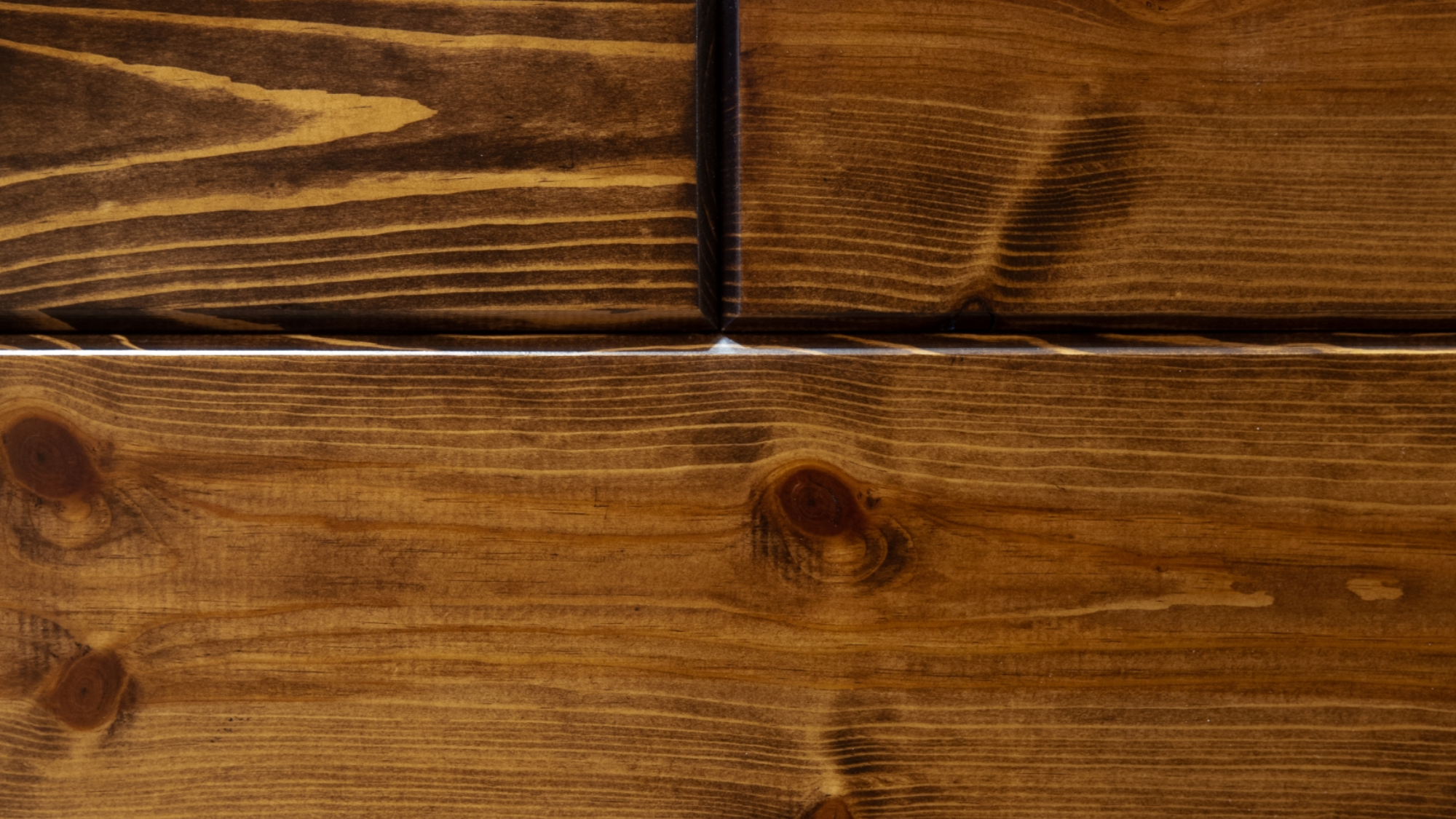
Black Pine refers to several species with darker heartwood. This softwood shows yellow to medium brown tones with distinct growth rings. The knots and grain pattern add character to rustic projects.
Budget: Very affordable ($1-4 per board foot)
| Property | Details |
|---|---|
| Color | Yellow to medium brown with darker knots |
| Grain & Texture | Straight grain with medium texture and visible knots |
| Density & Durability | Soft, moderate durability when treated |
| Uses | Rustic furniture, flooring, paneling, construction |
| Pros | Low-cost, widely available, rustic charm |
| Cons | Scratches and dents easily, not good for high-wear items |
21. Cedar Wood (Black Cedar)
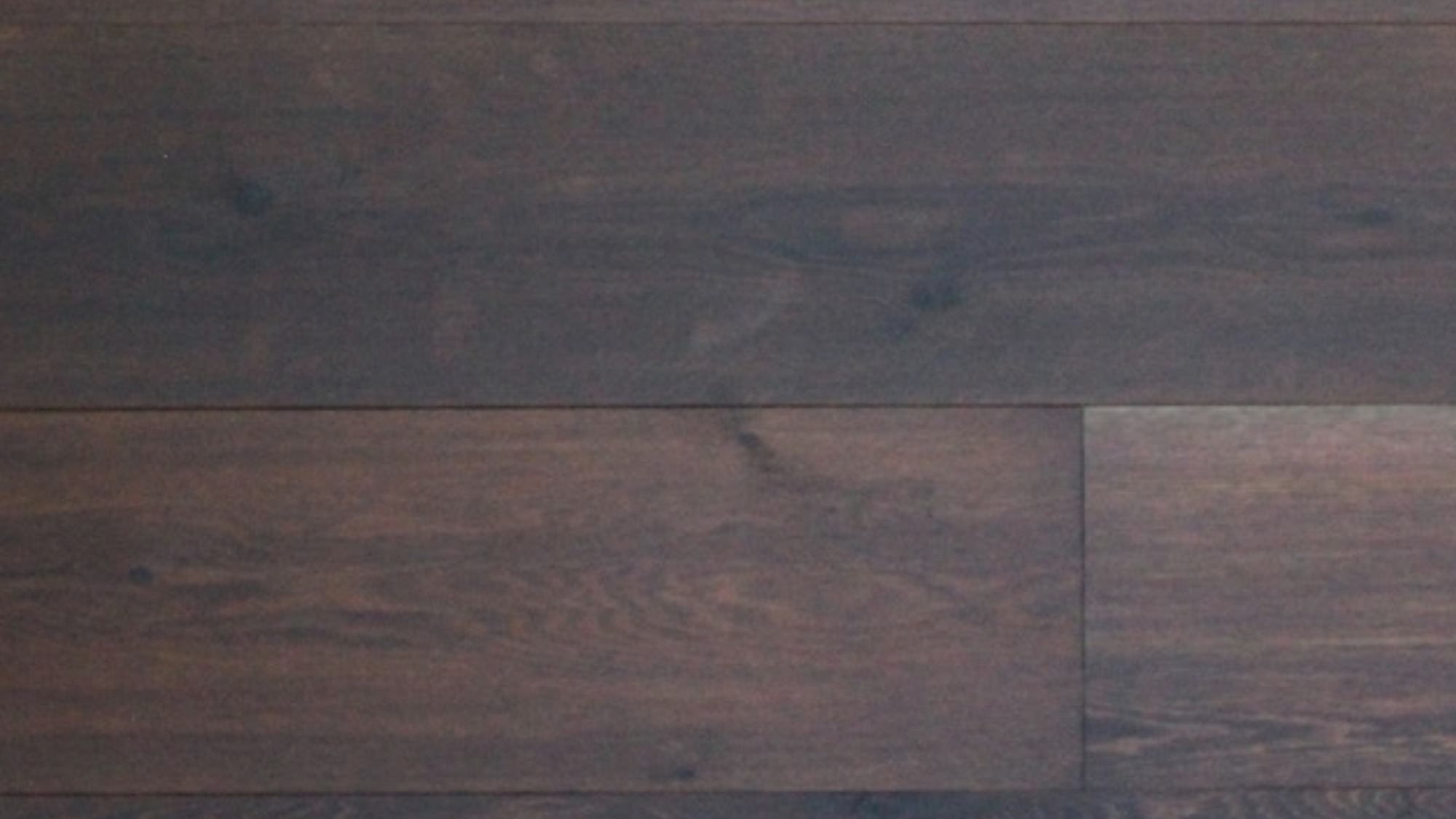
Black Cedar isn’t a true cedar but a name used for darker cedar species. This wood has a rich brown color with purple hints. The natural oils give off a sweet smell and help it resist rot and bugs.
Approximate Cost: Moderate ($5-10 per board foot)
| Property | Details |
|---|---|
| Color | Dark reddish-brown to purplish-brown |
| Grain & Texture | Straight grain with medium texture |
| Density & Durability | Soft but very rot and insect-resistant |
| Uses | Outdoor furniture, decking, closet lining, chests |
| Pros | Natural weather resistance, pleasant smell & repels insects |
| Cons | Too soft for floors or high-traffic uses |
Choosing the Right Dark Wood for Your Project
Picking the perfect dark wood can make or break your project. Let’s look at some key things to consider before you go shopping so you end up with the best wood for your needs.
Consider Your Budget First
Dark woods come at many price points. Some cost a lot more than others:
- Budget-friendly options: Poplar, Pine, Red Oak, and Black Alder work well if the money is tight. These woods give you a dark look when stained but won’t empty your wallet.
- Mid-range options: Cherry, Teak, Walnut, and Ash offer better quality at a fair price. These woods cost more but last longer and often look nicer.
- Luxury options: If price isn’t a worry, woods like Ebony, African Blackwood, and Rosewood provide superb beauty and longevity. Just be ready to spend much more on these rare woods.
Think About Durability Needs
How much wear will your project need to handle? Match the wood to the job:
- High-traffic areas (floors, stairs, dining tables): Choose harder woods like Hickory, Maple, Oak, or Wenge. These woods resist dents and scratches better.
- Less-used items (wall panels, accent pieces): Softer woods like Cedar, Alder, or Pine work fine here since they won’t get bumped much.
- Outdoor projects: Pick naturally rot-resistant woods like Teak or Cedar. These woods stand up to the weather without much help.
Match Your Style Preferences
Dark woods work well with many design styles. Here’s how to match them:
- Modern spaces pair well with clean-lined woods like Wenge, Ebony, or Zebrawood. The strong grain patterns and deep colors add interest without fuss.
- Rustic homes look best with woods that show character. Try Walnut, Hickory, or Pine with its knots and natural marks. These woods bring warmth and a cozy feel.
- Traditional rooms match nicely with Mahogany, Cherry, or Oak. These classic woods have stood the test of time in fine furniture.
- Asian-inspired décor often uses Rosewood, Teak, or Ebony for an authentic look.
The finish you choose matters, too. Glossy finishes look more formal, while matte or satin finishes feel more casual and modern.
Consider Environmental Impact
Some dark woods face threats from over-harvesting. Being a smart shopper helps:
- Look for FSC (Forest Stewardship Council) certification on wood products. This means the wood came from responsibly managed forests.
- Consider woods that grow quickly, like Black Alder or Poplar. These need less time to replace.
- Be careful with rare species. Due to their endangered status, some types of rosewood and ebony face trade restrictions.
- Reclaimed wood offers another earth-friendly option. Old barns, factories, and buildings provide beautiful aged wood with history.
Caring Tips For Dark Wood
| Care Routine | Details |
|---|---|
| Dust Weekly | Use a soft, slightly damp microfiber cloth, wiping with the grain to avoid scratching the surface. |
| Clean Sticky Spots | Use mild dish soap and water, rinse with a damp cloth to remove residue. |
| Avoid Harsh Cleaners | Steer clear of cleaners with ammonia, bleach, or silicone. Opt for wood-safe products like Murphy Oil Soap or Bona. |
| Protect from Sunlight | Use curtains or UV film and rotate items to prevent uneven fading. |
| Prevent Scratches & Rings | Place felt pads under objects and coasters under drinks. |
| Never Slide Objects | Always lift objects to prevent scratches, and trim pet nails to protect wood floors. |
| Use Tablecloths/Placemats | Protect surfaces during meals and wipe spills immediately to avoid damage. |
| Maintain Indoor Humidity | Keep indoor humidity levels between 40–60% to prevent wood from drying out or swelling. |
| Polish Occasionally | Use wood polish like Howards Feed-N-Wax—apply a thin layer and buff gently. |
| Fix Light Scratches | Use scratch covers, markers, or even walnut. Restore dull finishes with products like Restore-A-Finish. |
Conclusion
Dark woods bring a special touch to any space with their rich tones and unique grain patterns. From the affordable pine to the luxurious ebony, each type offers something different.
When picking dark wood for your next project, think about where you’ll use it, how much wear it needs to handle, and what fits your budget. The right choice depends on your specific needs.
Taking care of dark wood isn’t hard, but it does need attention. Regular dusting, protection from sun and water, plus occasional polishing keeps these woods looking their best.
With proper selection and care, dark wood items become treasured pieces that last for years. Their beauty often grows with age, making them worth the extra effort they might require.

